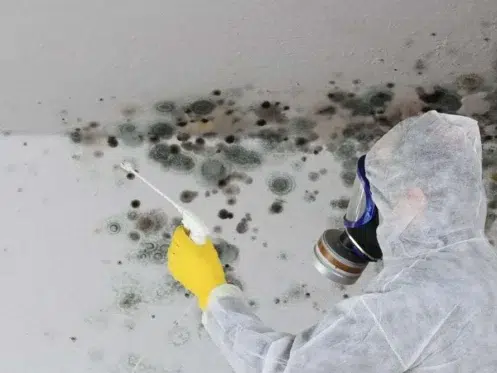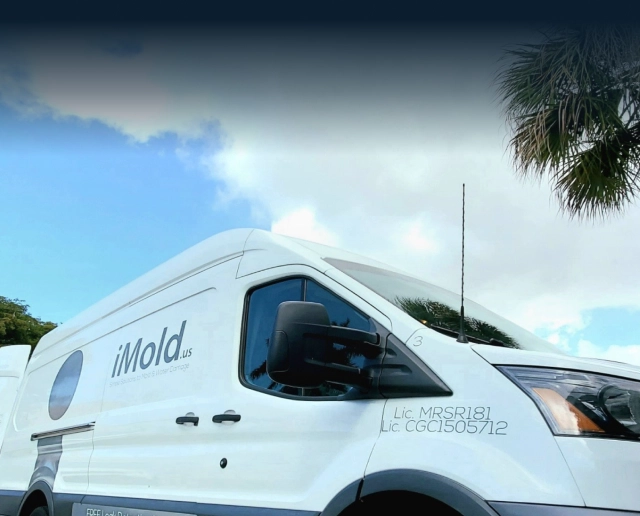3 Ways To Identify Black Mold
If you detect a funny smell around the house or discover something sticky on the wall, chances are you’ve got a mold problem!
There is no need to panic. Once you can identify mold in your home, a team of professionals is always readily available to help combat this issue with efficacy and speed. It is essential to never ignore the problem and instead, tackle it as soon as it is discovered. The cost of prolonging remediation for your mold problem might be greater and more harmful than getting help right away.
What is Black Mold?
All types of mold can vary greatly in color, ranging from white to green to yellow, and even black. The term “black mold” has been popularly used to refer to the fungus Stachybotrys chartarum, which has spores that produce harmful toxins. Individuals with allergies or respiratory conditions can be the most vulnerable when co-living with black mold. Areas where this fungus can grow, involve dark and humid spots at home, such as basements or leakage sites. The growth of this species can be supported by conditions such as appropriate humidity, nutrients, temperature, and sufficient oxygen levels.
How Do I Know It Is Black Mold?
- Color: Although black mold is exactly what the words describe – black – it can also grow with a dark green hue. It is important to understand that many other species of mold can also be black, and it is key to hire mold remediation professionals to narrow down the specific type. At times, black mold can present itself as dark circles with white spots within the figure, and some individuals might confuse it for dirt or dust.
- Smell: Black mold tends to smell musty or close to spoiled vegetables. It is common for residents of a home to not be able to identify the malodor given that they constantly live with such and are now used to it. Try bringing a friend or family member to help you localize the scent, and if you cannot see it, that means it is hidden behind a closed area such as a wall.
- Texture: Even though mold does have texture, it should never be touched with bare hands. Try using gloves or a napkin to see whether it is slimy, and/or wet. This can pinpoint the presence of black mold along with the other characteristics combined.
Where Does It Grow?
If you don’t know where to begin trying to find that musty smell, visit humid areas that are typically kept away from the sunlight. These include basements, garages, bathrooms, and even spaces where AC units are kept concealed. Water damage is a popular cause for black mold to appear in your home, and air conditioning can sometimes leak water if not properly insulated.
Black mold feeds on materials such as wood, paper, and cardboard. Homes with carpet flooring that have suffered from water leaks might be harvesting black mold right underneath the surface. Keep an eye out for areas that may have gone through a flood; this can give place to black mold within the drywall.
Black Mold Does Not Belong In Your Home
Before it becomes a problem, there are a few things residents can do to prevent black mold from growing. This is even more essential if you live in a humid state like Florida. Make sure your house is clean, with good airflow, and without persistent leaks. Try not to install a carpet in areas that will likely become damp such as the kitchen or garage. Make sure that humidity levels in the home are kept as low as possible, anything below 50% would be appropriate.
If you suspect any type of mold present in your home, iMold is here to help you and your family get fresh air back. Follow iMold on Twitter, Instagram, and Facebook.

